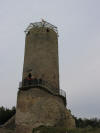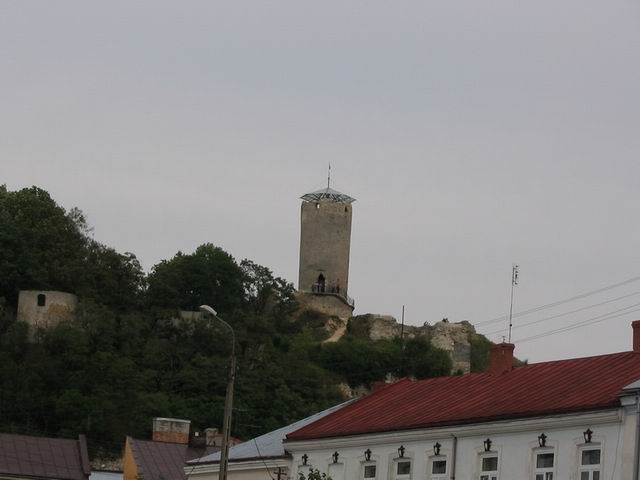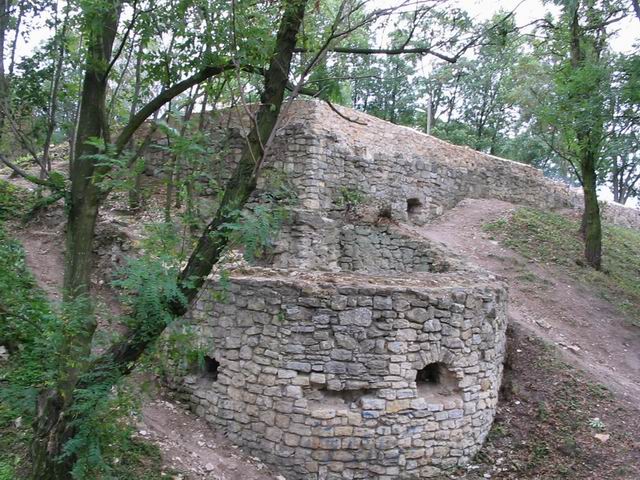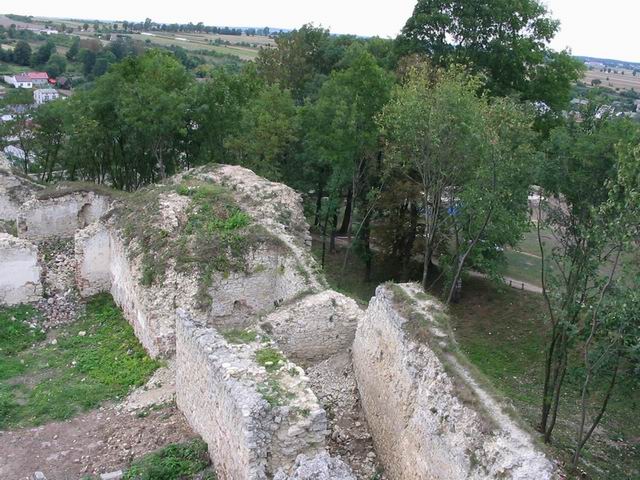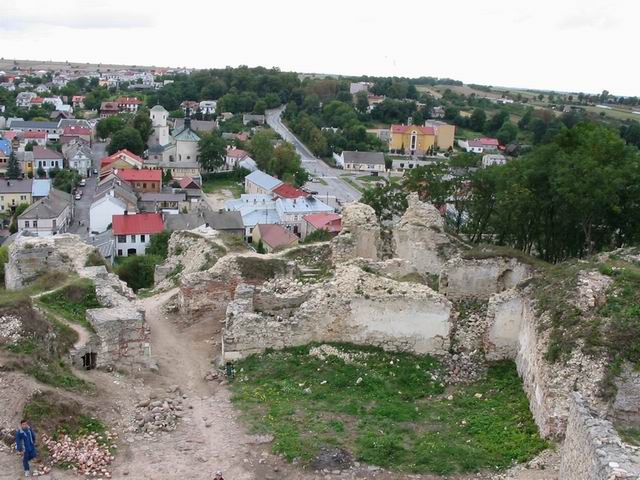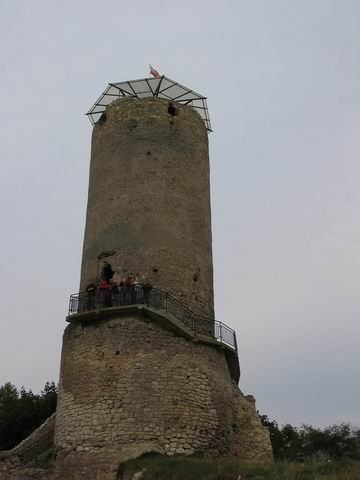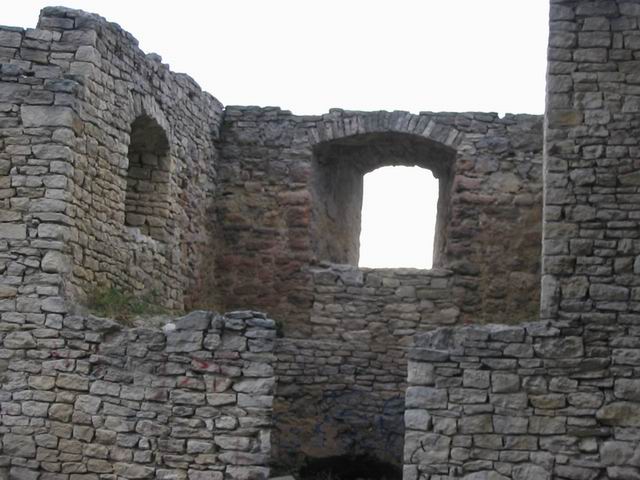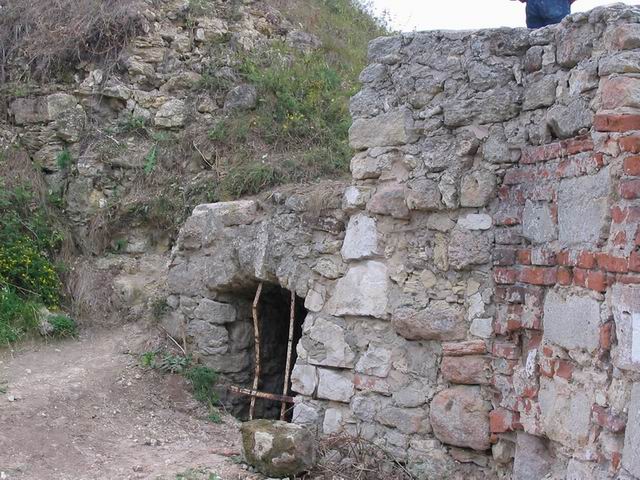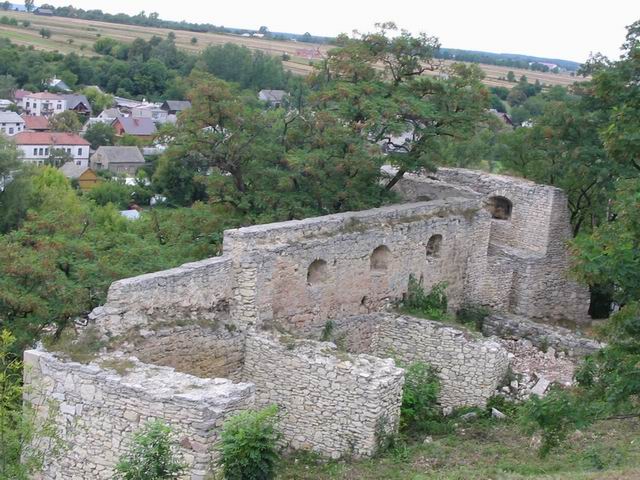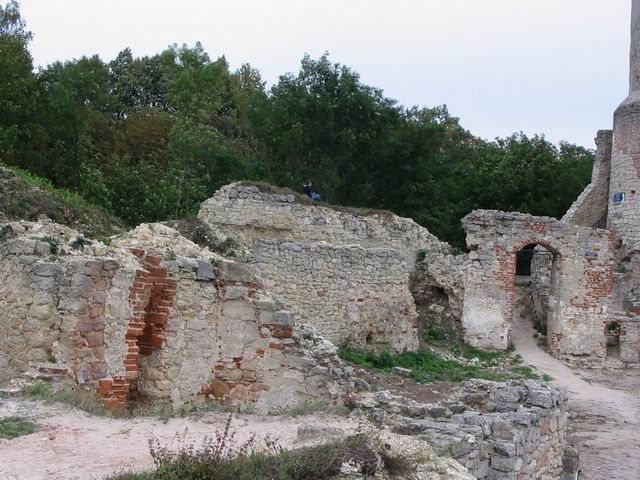Mazowieckie
Interesting facts about the history of the castle and town
X century
The oldest traces of settlement in the Iłża area date back to the 10th century. The then fortified settlement was located in the place where now the Tatar Mound is situated.
XII century
In the 12th century a wooden castle was built in Iłża.
1239
It is likely that in 1239 Iłża was granted Magdeburg city rights.
1241
In 1241 Iłża was destroyed by the Tatars.
1260
In 1260 Iłża was once again ravaged by the Tatars. The devastation was so great that a new settlement was established on the castle hill. A brick tower was probably built at that time.
20 June 1295
On 20 June 1295 Waclaw II issued a privilege according to which he allowed the bishop of Krakow Jan Muskata to erect fortifications in Iłża.
1340
Around 1340, on the initiative of Bishop Jan Grot, the Iłża castle was built at the north-western end of the diocese. It was a magnificent residence and an impressive fortress at the same time. The structure was surrounded by a 150-metre high peripheral wall made of fieldstone. A Berfgfried-tower was situated in the eastern corner.
1347
In 1347, due to a dispute between bishop Jan Grot and Casimir the Great, the stronghold was attacked. The royal army, which approached the castle in Iłża, did not manage to conquer it.
XIV century
At the end of the 14th century the Iłża castle was extended by Florian Mokrski. The bailey located on the northern side was then surrounded by walls reinforced with several towers. Their circumference of 400 metres determined the natural shape of the hill.
1386
In 1386 Wladysław Jagiełło was a guest at the castle in Ilża.
XV century
Already in the 15th century, Ilża was famous for the pottery made here. At that time, the local pottery guild was established.
February 1420
En février 1420, à Iłża, Władysław Jagiełło rencontre des envoyés de Sigismond de Luxembourg. Il y accepte sous condition la sentence du 6 janvier et donne le château de Jasieniec à l'Ordre.
1501
In 1501 Alexander Jagiellonian stayed at the castle in Iłża.
1511
In 1511 Sigismund I the Old stayed at the castle in Ilża.
XVI century
In the second decade of the 16th century, a fire that ravaged Iłża also destroyed the castle. The reconstruction of the fortress was later started by bishop Jan Konarski.
1560
Around 1560 a Renaissance reconstruction of the Iłża castle was carried out by bishop Filip Padniewski. At that time, the walls and the gate tower were decorated with attics, and the Bergfried was covered with a high representative helmet.
1607
In 1607 King Sigismund III Vasa was a guest at the castle in Iłża.
XVII century
At the beginning of the 17th century bishop Marcin Szyszkowski financed another modernization of the Iłża castle. The Gothic buildings were replaced by regular-plan buildings. The lower castle was built in the place of the bailey.
1637
In 1637 at the castle in Iłża, Wladyslaw IV met his future wife Cecilia Renata.
17 September 1655
On 17 September 1655 the castle in Iłża fell into Swedish hands.
1657
In 1657 another siege of the Iłża castle, undertaken by the Hungarian Prince George Rákóczi, caused further damage to the fortress.
1789
In 1789, as a result of the provisions of the Four-Year Sejm, Iłża Castle was taken away the bishops and became the property of the state.
1823
In 1823 Lewi Selig Sunderland, a Jew England, settled in Iłża and became famous for establishing a renowned faience factory. The mother of Polish poet Bolesław Leśmian, Emma (Estera), came this family.
9 August 1831
On 9 August 1831 the insurgents fought a victorious battle near Iłża.
17 January 1864
On January 17, 1864, during the January Uprising a battle was fought near Iłża. In this skirmish, Polish insurgents under the command of Karol Rębajło-Kalita defeated Russian troops. The clash was of great propaganda significance. It meant that the uprising was still on and that many Poles still wanted to fight for their homeland's independence.
Summer 1917
In the summer of 1917, while staying with his family in Iłża, Bolesław Leśmian met a thirty-two-year-old doctor, gynaecologist Dora Lebenthal, for whom he later wrote W malinowym chruśniaku [In a raspberry bush] - the most beautiful series of erotic poems in Polish poetry. This raspberry bush was then growing by a wicker arbour in a fruit orchard on the slope of Castle Hill.
8-9 September 1939
On 8-9 September 1939, a battle took place near Iłża, which was one of the stages of the September campaign of the Second World War. Among others, the Polish historian Aleksander Gieysztor participated in this battle and was wounded.
Wersja polska
Version française




